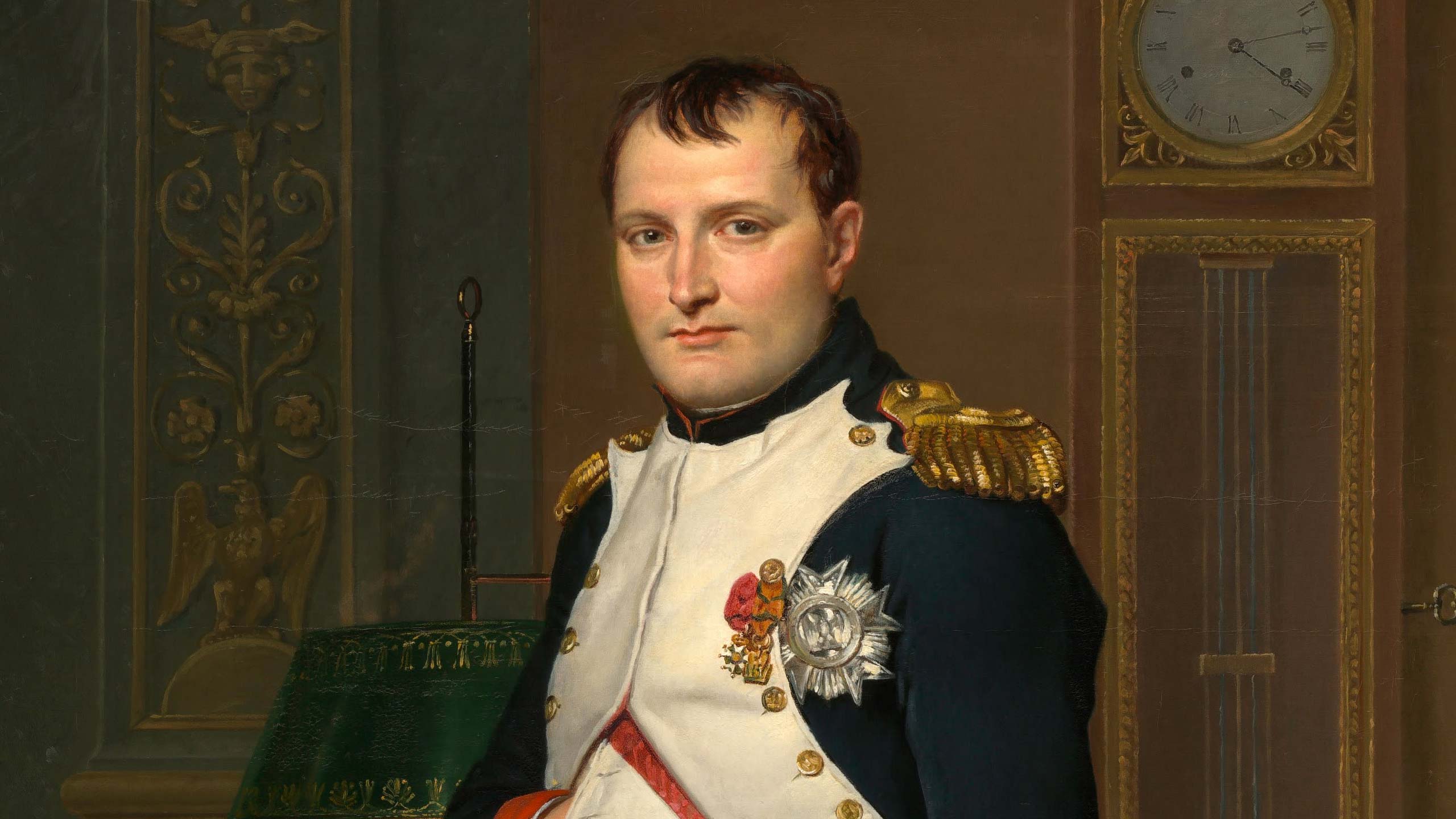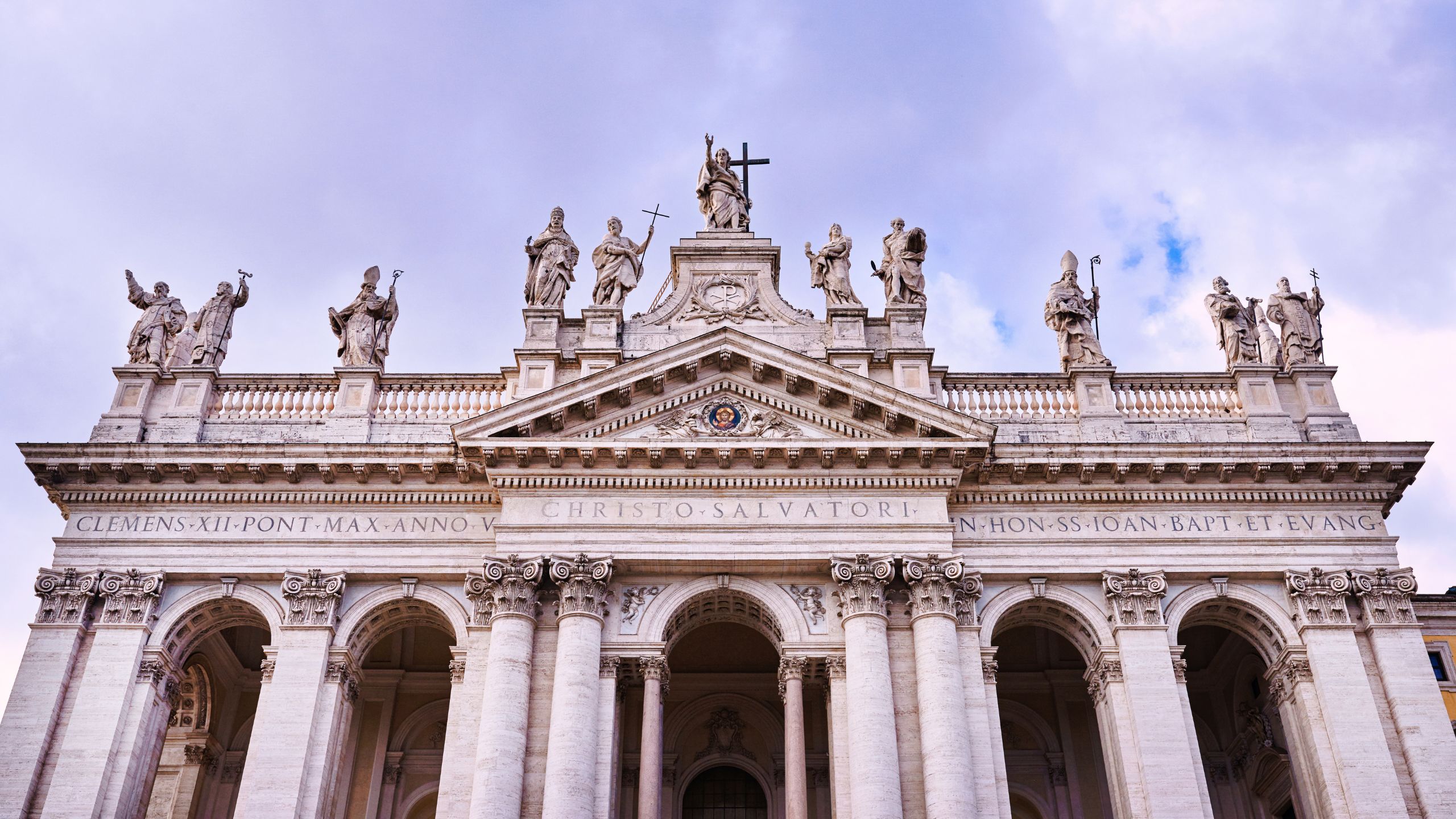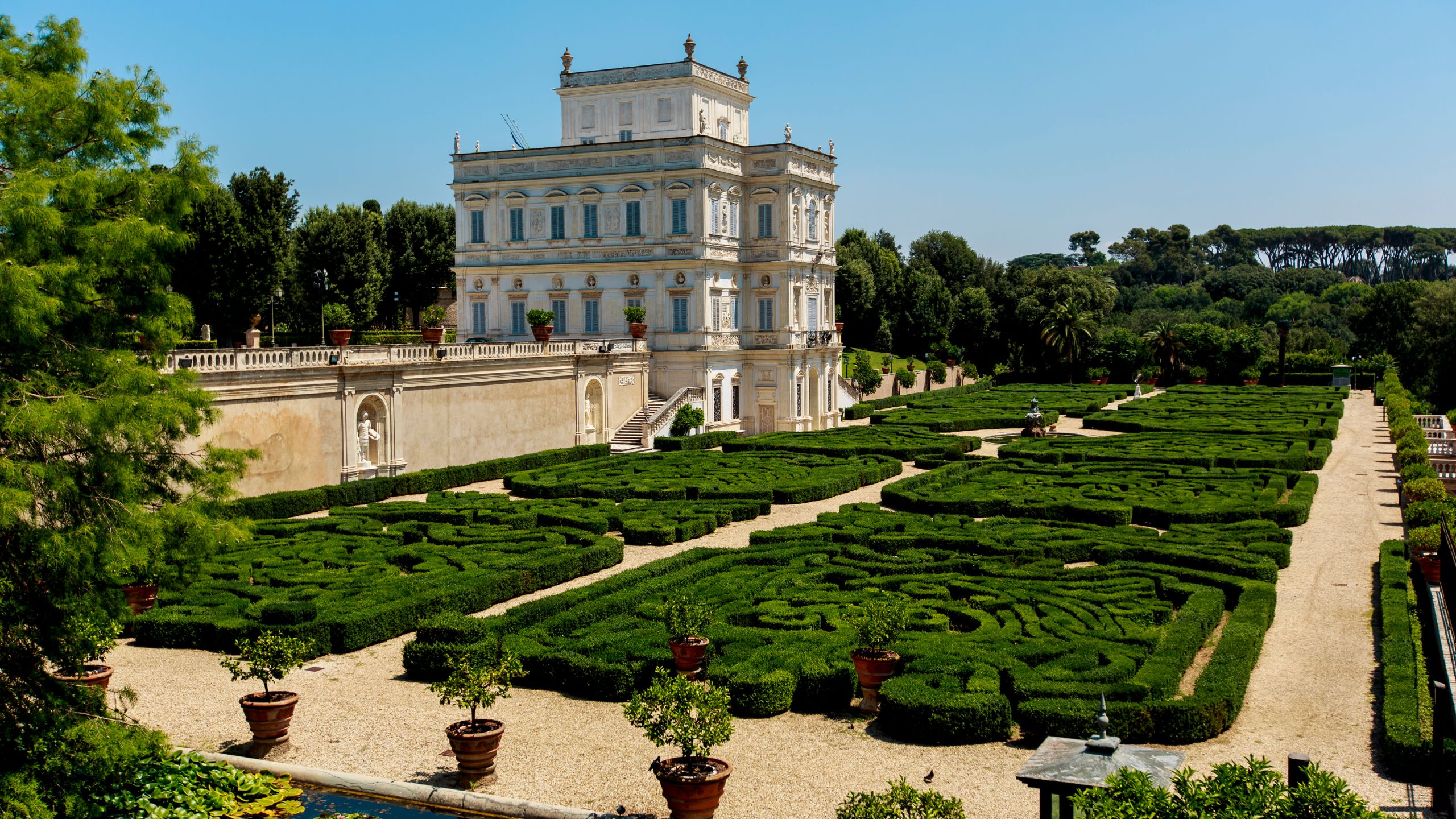Holidays in Rome: discovering the Napoleonic Museum and its rich collection
Rome offers tourists any kind of holidays, the but majority of them want to discover the city's historical sights and visit museums full of works of art and authentic collections. One of the main attractions of the Capital is the Napoleonic Museum, ideal to be visited by both adults and children.
The Napoleonic museum
The Napoleonic Museum is located in the square of Ponte Umberto I, in Palazzo Primoli. In the past, this building was bought by Count Giuseppe Primoli who later entrusted the renovation of the building, and then donated the ground floor to the Municipality of Rome where the Napoleonic Museum is still located today. Inside of it, there are works of art such as frescoes, family memories and Napoleonic relics. In particular, the original ceilings of the 1700s and the coat of arms of the Primoli and Bonaparte family can still be seen. This museum-house contains lots of pieces of furniture, antiques, paintings, silverware and more. This museum is a real source of pride for the city of Rome, highly accurate in every detail, and also open for schools educational purposes.
The Napoleonic Museum is open from Tuesday to Sunday, from 10 am until 6 pm. However, it is important to know the ticket office closes sales half an hour before closing time. In addition to this, the museum is open both on December 24th and December 31st from 10 am to 2 pm. 
The rich collection in the Napoleonic Museum
To give you an idea about the huge collection of Palazzo Primoli, we can start by saying the Bonaparte family always saw Rome as the city that best suited Napoleon's imperial dream. The best solution to discover the huge collection in the palace is to follow the itinerary proposed around the six rooms. The first and second actually are just one room telling the story about the first Empire, related to 1804-1814. There are great pictures representing the imperial family in the most conventional and typical poses according to the code of those years. There is it also a collection of private portraits giving the possibility to discover more details about the family, and showing them as they really were. This collection includes also miniatures and tobacco tins, precious porcelain objects from the first half of 1800, chandeliers with 5 branches and party favours: masterpieces rich in history and elegance.
The third room focuses on the period of the second empire, between 1852 and 1870. As well as in the previous ones, in this room there are several paintings representing important historical moments, but also sculptures depicting the only son of Napoleon III and many objects, such as medals, bouquet holders and mother of pearl and dress swords. The sculpture of Napoleon Eugenio with the dog in the third room is very interesting, as well as the armchairs and the chairs covered by red velvet, property of Matilda Bonaparte. Later, you get in the fourth room, a small closet dedicated to the son of Maria Luisa of Austria and Napoleon. This room is a very intimate space and it tells the story of the short life of the child who died very young. There is a very significant painting portraying him as king of Rome: a prophecy that never came true. Room V tells about the Roman Republic: it was declared by the French army on February 15th, in 1978. The prints you can see in the room make the viewer understand the atmosphere of those years. Paolina Bonaparte is the absolute protagonist of the following room, where in addition to paintings you can also many objects for personal use, such as the portable mirror, the dressing table, the notebook and also various porcelain objects and chandeliers. Also worth to be remembered is the mold of Paolina Bonaparte's breast, made of chalk.
Room VII is dedicated to the Kingdom of Naples. In this room, the protagonists are Napoleon's sister and brother: Carolina and Giuseppe Bonaparte. There are jewels and parures of woman, the vase with the portrait on its surface, and as usual, paintings and prints of the family. The tour goes on in Room VIII, full of encrypted images telling the greatness and vitality of the Napoleonic myth. In addition to this, there are significant prints, characters, and satirical images. Zenaide and Carlotta, daughters of Giulia Clary and Napoleon's brother Giuseppe, are portrayed in this room telling the stories of the two sisters by the paintings faithfully made by vivid colours. Room X tells the story of Luciano, Napoleon's brother, whose relations were certainly not happiest. After it, there is the room exclusively dedicated to the Roman branch of the Bonaparte family. In room XI, there is a small and ancient bookcase where there are several books of Napoleon, dating back to the period of Saint Helena. There is also an elegant green velvet sofa and a large multi-function table where it was possible to paint, embroider, draw and play board games. The last room concluding the tour rich in absolutely significant historical elements is dedicated to Count Primoli who strongly wanted the Napoleonic Museum in the city of Rome.
In conclusion, the Napoleonic Museum is a real jewel to be discovered. Fascinating details, antique prints and rare objects embellish every room in the building. The whole story is explained to the visitors in detail, and the place also offers various laboratories. In addition, educational group visits are always available, up to 30 people. The available language is not only Italian but also English, German, Spanish and French. Finally, the museum offers the customer the possibility of choosing the museum itinerary or the exhibition route.
Do you want to stay in Rome?
For this location we recommend Hotel Oxford, the ideal starting point to discover Rome!



